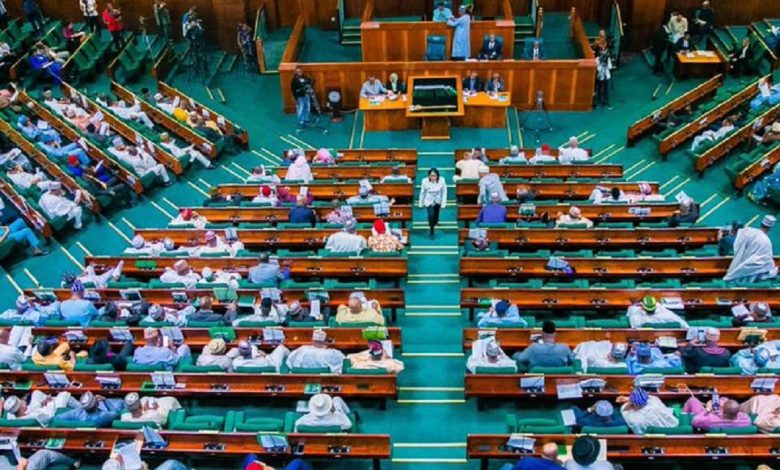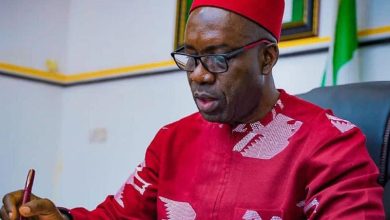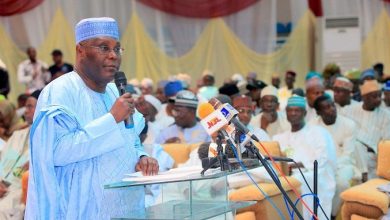Reps Propose Expansion of National Assembly Seats from 469 to 552

In order to reserve 10% of seats in the National Assembly for women and 5% for people with disabilities (PWDs), the House of Representatives has suggested a constitutional amendment.
As understood, the proposal calls for the creation of 83 new seats in the House of Representatives, which would increase its membership from 360 to 415, and 28 seats in the Senate, which would increase the National Assembly’s total number of seats from 469 to 552.
Speaker of the House of Representatives Tajudeen Abbas announced the suggestion Tuesday during the 10th House Midterm Legislative Scorecard rollout and the official commencement of the 2025 National Assembly Open Week in Abuja.
According to him, the draft amendment aims to include the quotas into the Constitution to guarantee the inclusion of women and people with disabilities. He also stated that these reserved seats will be filled by direct elections with separate ballots and allocated by state to maintain regional parity.
Read Also: Student Visa Applicants Must Share Public Social Media Profiles – US Embassy
According to the Speaker, candidates nominated by recognized disability advocacy organizations would compete for the 5% of seats already held by PWDs.
According to Abbas, “the introduction of constitutionally guaranteed reserved seats for women and persons with disabilities is a central feature of our inclusive governance proposals.” In accordance with the proposed change, women would be granted 10% of the Senate and House of Representatives seats, distributed by state to maintain regional parity.
With staggered periods to provide continuity and mentoring, these seats would be filled by direct elections on different votes. Candidates would be nominated by recognized disability advocacy organizations, and 5% of seats would be set aside for people with disabilities. Their complete incorporation into legislative work would be reinforced if reserved-seat legislators were granted the same rights, privileges, and committee assignments as their peers.
Women had less than 1% of the seats in parliament when the country gained independence in 1960. By 1990, it had barely increased to 2%. Only 3.9% of the House and 4% of the Senate were made up of women in 1999. Despite making up half of the population, women’s representation is still unchanged today.
The Speaker cited instances from around the world, such as Rwanda and Senegal, where constitutional quotas increased the proportion of women in one election cycle from less than 5% to over 30%.





